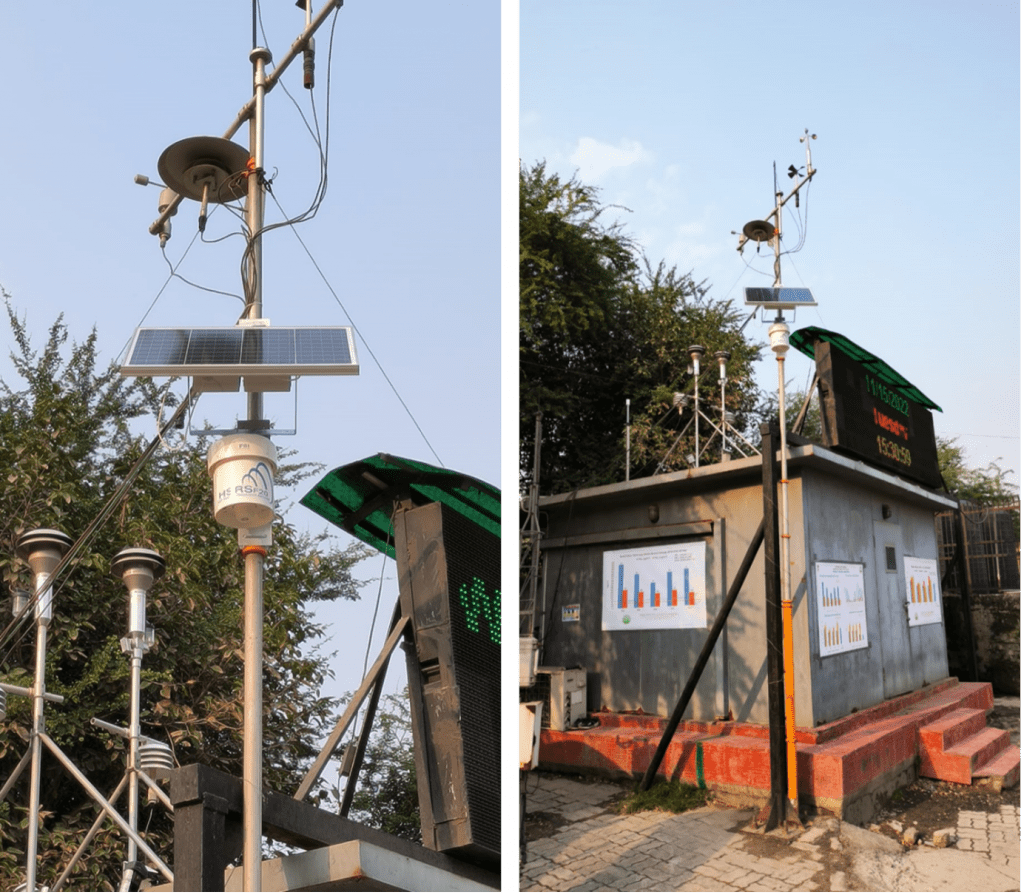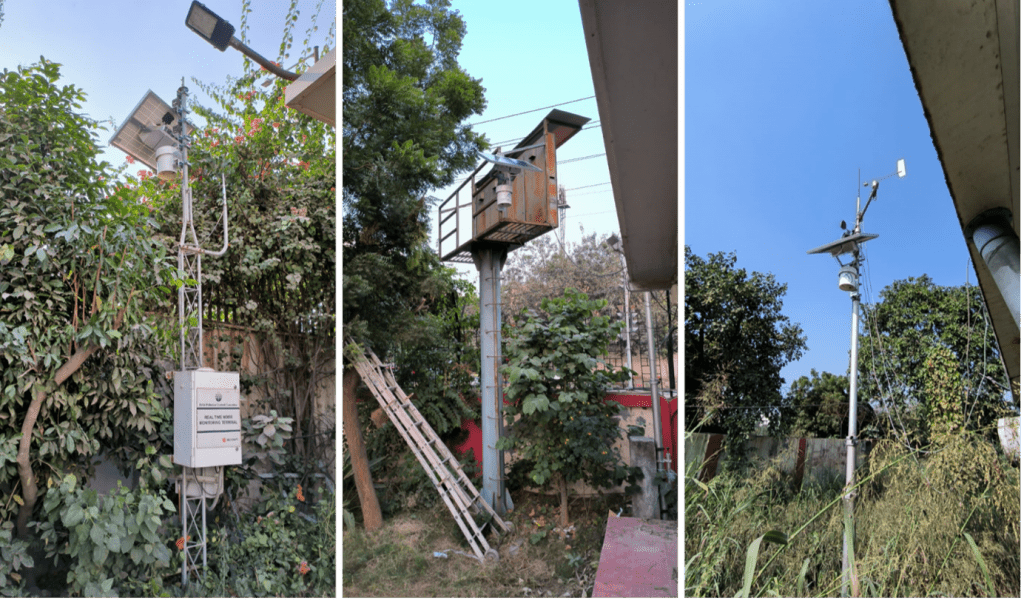News
Fai Instruments plays a crucial role in Project “Real-Time Advanced Air Source Management Network” for Delhi City
Chief Minister of Delhi Mr. Arvind Kejriwal inaugurated real-time source apportionment to tackle pollution with the help of more precise prediction. The real-time source apportionment aims to assess the contribution of sources like vehicles, construction dust, and biomass burning on a continuous or real-time basis (hourly). The Delhi Pollution Control Committee has started this project in collaboration with IIT Kanpur, IIT Delhi, TERI, and Airshed Planning Professionals.
The new state-of-the-art techniques can provide the chemical composition of PM2.5 almost instantly and render the contribution of sources and help in quick decision-making for the timely control of air pollutant emissions.
Delhi Pollution Control Committee (DPCC) signed MoU with the IIT Kanpur-lead consortium on October 20, 2021, to develop a state-of-the-art stationary air quality monitoring station i.e., supersite with the objective of real-time source apportionment and establish a reliable air quality forecasting system with source apportionment for next few days for public dissemination and improvements in air quality.
The Fai Instrument system (Dual Channel with Planetary Boundary Layer Assessment) at the supersite (Rouse Avenue) in Delhi continuously monitors the PM10 and PM2.5 concentration along with PBL. The system works 24/7 without manual interruption, analyzing air every hour and sending data to the lab’s Real-Time Advanced Air Source Management Network (R-AASMAN) software.
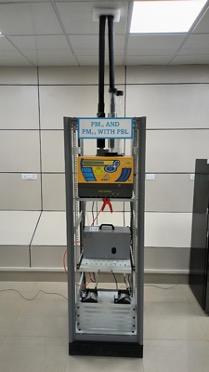
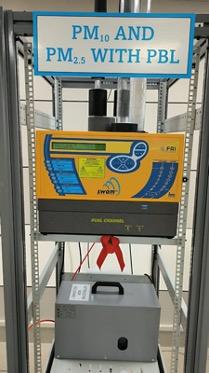
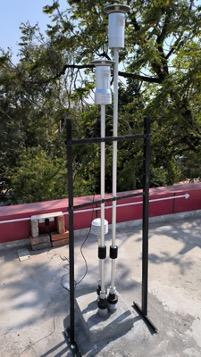
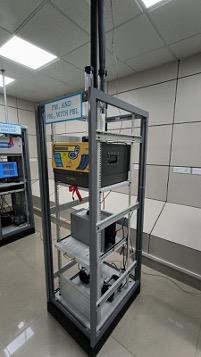
Another system with dual monitoring is installed on the mobile laboratory, which will take samples from different places and will be further chemically characterized to apportion the sources.
A dedicated network of offline molecular markers using “High Spatial Resolution Sampler F20” produced by Fai-Instruments, at five hotspots (Anand Vihar, Mundaka, Dwarka, Vivek vihar, and Jahangir Puri) is also set up to identify the source-specific markers. These samplers run on solar power and are compact (Figure below).
